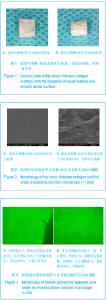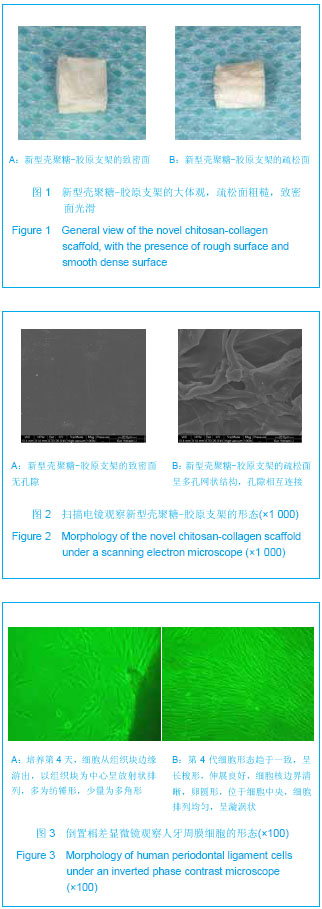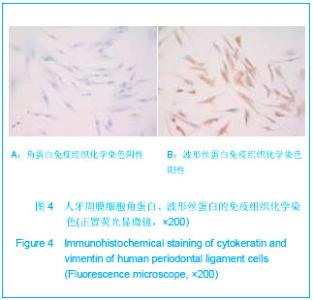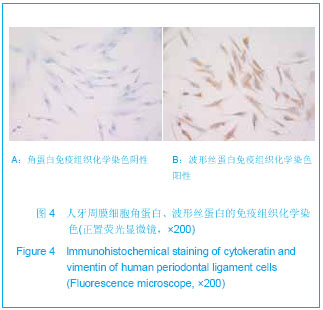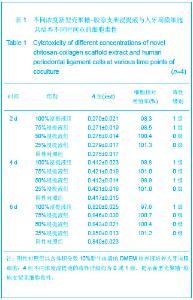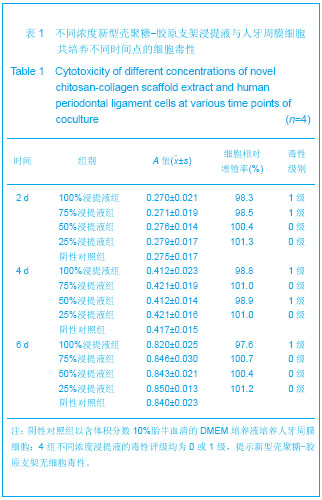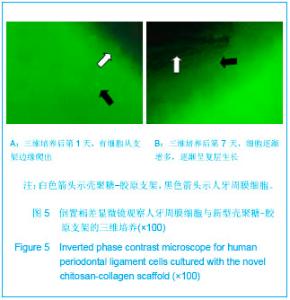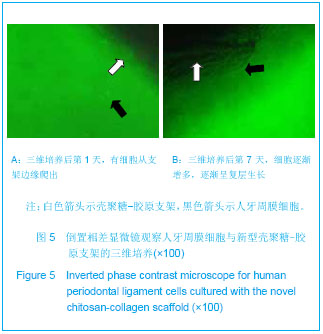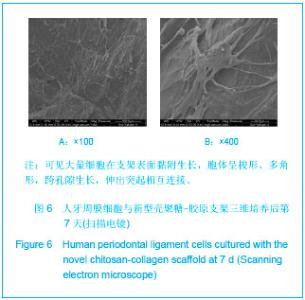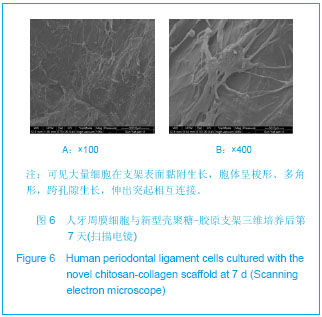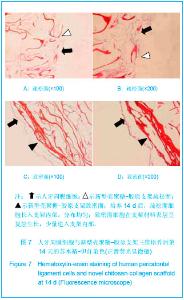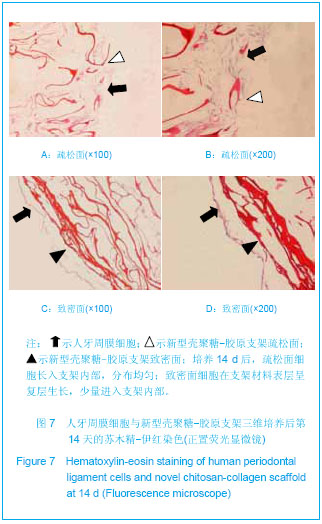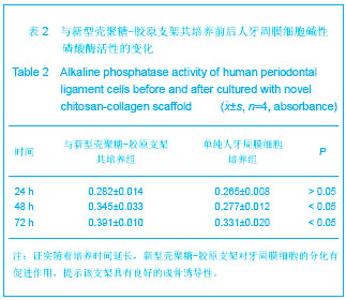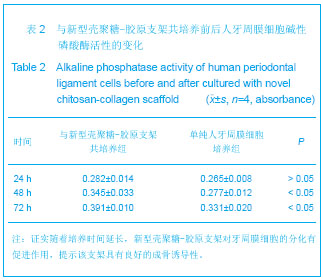| [1] Horst OV,Chavez MG,Jheon AH,et al.Stem cell and biomaterials research in dental tissue engineering and regeneration.Dent Clin North Am.2012; 56(3):495-520.
[2] 黄南楠,梁焕友,唐倩,等.组织块法培养原代人PDLCs技术的新探讨[J].中华口腔医学研究杂志,2009,3(1): 10-16.
[3] Iwata T,Yamato M,Zhang Z,et al.Validation of human periodontal ligament-derived cells as a reliable source for cytotherapeutic use. J Clin Periodontol.2010;37(12): 1088-1099.
[4] Chen FM,Jin Y.Periodontal tissue engineering and regeneration: current approaches and expanding opportunities. Tissue Eng Part B Rev.2010;16(2): 219-255.
[5] Izumi Y,Aoki A,Yamada Y,Kobayashi H, et al. Current and future periodontal tissue engineering.Periodontol 2000.2011; 56(1): 166-187.
[6] Tobita M,Mizuno H.Periodontal disease and periodontal tissue regeneration.Curr Stem Cell Res Ther.2010;5(2): 168-174.
[7] Villar CC, Cochran DL. Regeneration of periodontal tissues: guided tissue regeneration.Dent Clin North Am.2010;54(1): 73-92.
[8] Stavropoulos A,Chiantella G,Costa D,et al.Clinical and histologic evaluation of a granular bovine bone biomaterial used as an adjunct to GTR with a bioresorbable bovine pericardium collagen membrane in the treatment of intrabony defects. J Periodontol.2011;82(3): 462-470.
[9] Donzelli E,Salvadè A,Mimo P,et al.Mesenchymal stem cells cultured on a collagen scaffold: In vitro osteogenic differentiation. Arch Oral Biol. 2007; 52(1):64-73.
[10] Keogh MB,O' Brien FJ,Daly JS.A novel collagen scaffold supports human osteogenesis-applications for bone tissue engineering. Cell Tissue Res.2010;340(1): 169-177.
[11] Tal H,Artzi Z,Moses O,et al.Guided periodontal regeneration using bilayered collagen membranes and bovine bone mineral in fenestration defects in the canine.used alone or in combination with a bilayer collagen membrane in guided periodontal regeneration. Int J Periodontics Restorative Dent.2005;25(5): 509-518.
[12] 吴志玲.仿生型改性胶原膜的理化性能及细胞学实验研究[D].广州: 中山大学, 2009.
[13] 郑贵成,梁焕友,吴志玲,等.仿生型改性胶原膜的动物学实验研究[J].中华口腔医学研究杂志,2012,6(3): 245-250.
[14] Xu C,Lei C,Meng L,et al.Chitosan as a barrier membrane material in periodontal tissue regeneration.J Biomed Mater Res B Appl Biomater. 2012;100(5): 1435-1443.
[15] Shi C,Zhu Y,Ran X,et al.Therapeutic potential of chitosan and its derivatives in regenerative medicine.J Surg Res.2006; 133(2): 185-192.
[16] Jiang T,Kumbar SG,Nair LS,et al. Biologically active chitosan systems for tissue engineering and regenerative medicine. Curr Top Med Chem.2008;8(4): 354-364.
[17] Zhu C,Fan D,Duan Z,et al.Initial investigation of novel human-like collagen/chitosan scaffold for vascular tissue engineering. J Biomed Mater Res A.2009;89(3): 829-840.
[18] Costa EM,Silva S,Pina C,et al.Evaluation and insights into chitosan antimicrobial activity against anaerobic oral pathogens. Anaerobe.2012;18(3): 305-309.
[19] Moussa SH,Tayel AA,Al-Turki AI.Evaluation of fungal chitosan as a biocontrol and antibacterial agent using fluorescence-labeling.Int J Biol Macromol.2012;25:204-208.
[20] Farag RK,Mohamed RR.Synthesis and characterization of carboxymethyl chitosan nanogels for swelling studies and antimicrobial activity. Molecules. 2012;18(1):190-203.
[21] Fujita T,Shiba H,Van Dyke TE,et al.Differential effects of growth factors and cytokines on the synthesis of SPARC, DNA, fibronectin and alkaline phosphatase activity in human periodontal ligament cells. Cell Biol Int. 2004; 28(4): 281-286.
[22] Choi MH,Noh WC,Park JW,et al.Gene expression pattern during osteogenic differentiation of human periodontal ligament cells in vitro. J Periodontal Implant Sci.2011;41(4): 167-175. |
